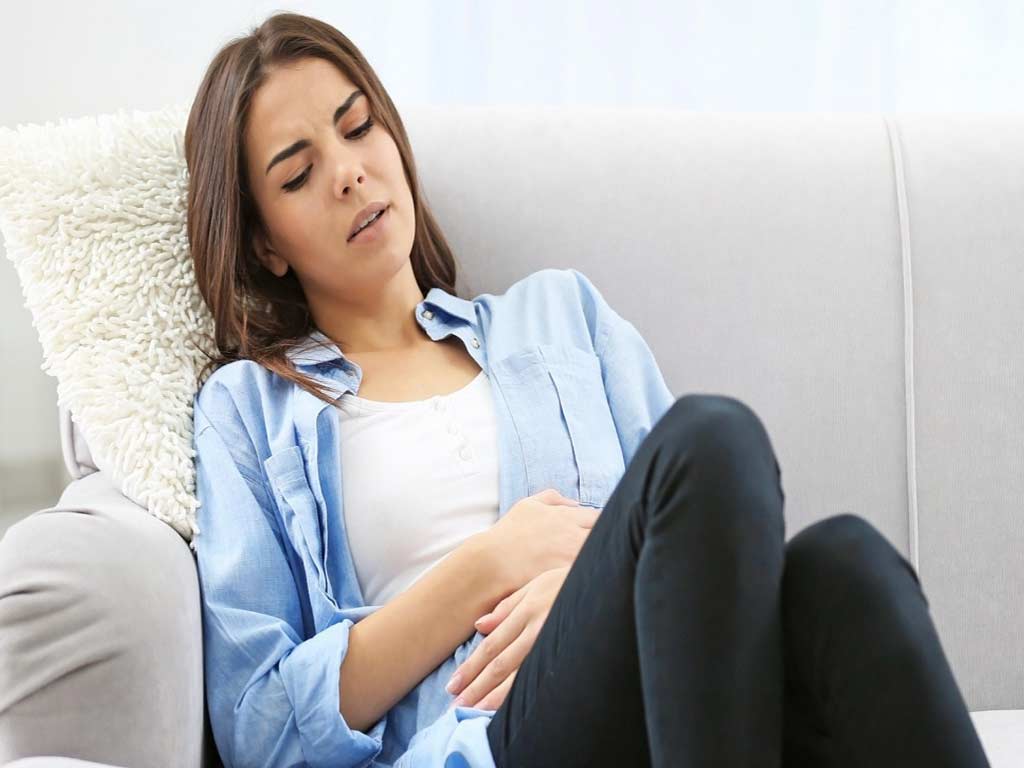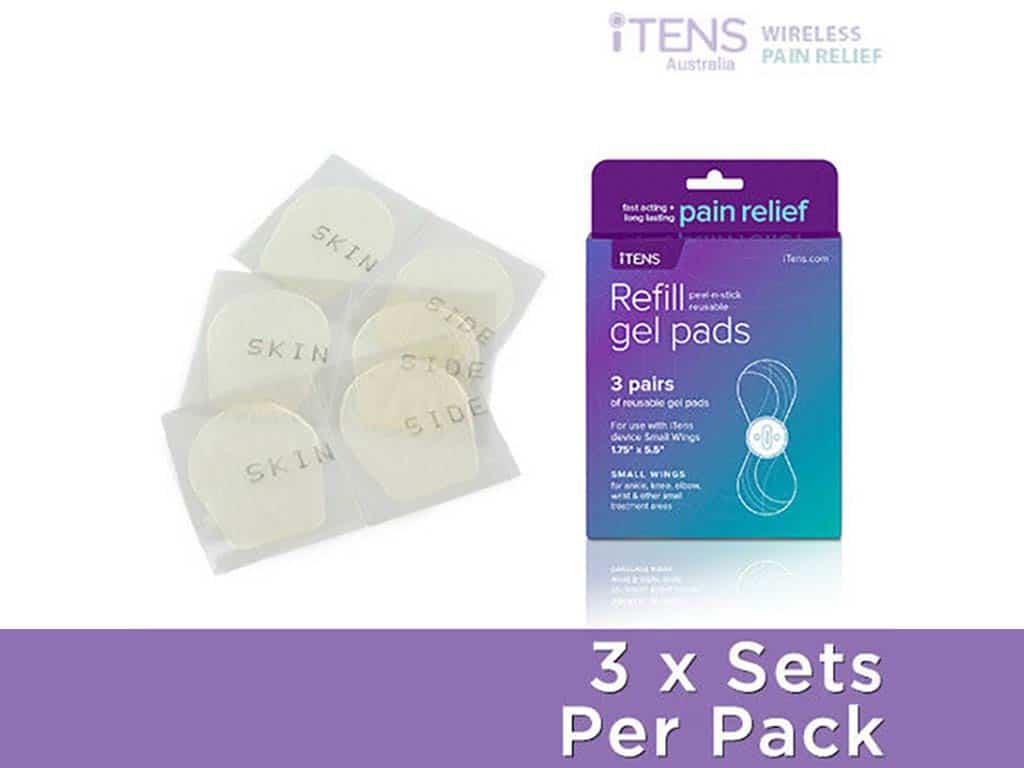
TENS (Transcutaneous Electrical Nerve Stimulation) machines are a popular and effective way to treat a variety of pain conditions, including period pain. The device generates low-voltage electrical currents and sends them through electrode pads placed on the skin. The TENS machine for menstrual cramps works by stimulating the nerves to block pain signals and release endorphins. This also helps reduce inflammation and relax tense abdominal muscles. Nevertheless, it is vital to know how the device works to maximise its benefits.
Menstrual cramps occur when the uterus contracts to remove its lining. This causes pain and discomfort in the lower abdomen, which can be severe. In some cases, the pain may extend to the lower back. TENS has been found to provide natural relief from menstrual pain. In this article, we will explore how a TENS machine for period pain can help, how to operate the device, and the safety guidelines to consider.
How a TENS Machine for Menstrual Cramps Works
A TENS machine for menstrual cramps is a portable device consisting of adhesive electrode pads. When placed in the pain area, it delivers small pulses of electricity that stimulate the sensory nerves. TENS works by overriding the nerves in the spinal cord that act as pain gate controllers. The electrical stimulation from TENS closes the “neural gates”, blocking the transmission of pain signals to the brain.
Another mechanism of TENS is to stimulate the production of endorphins. Endorphins are natural chemicals that the body releases when it perceives pain and stress. They bind to opioid receptors and inhibit the pain messages from reaching the brain. In addition, utilising low-frequency levels is the best approach to trigger endorphin release.
Moreover, the TENS device can help boost circulation. The constant stream of electrical pulses stimulates the motor nerves and muscles. This increases blood flow and oxygen in the area, which can help reduce inflammation and cramping sensations. Overall, experimenting with different settings can help find the most effective period pain relief.
Symptoms of the Condition
- Primary period pain often manifests as a cramping or throbbing sensation in the lower abdomen and muscle spasms.
- At the beginning of the period, the body produces high prostaglandin levels. This causes strong contraction or squeezing of the uterine muscles, leading to severe cramps.
- Dull or continuous aches in the stomach. The pain may also radiate to the lower back and thighs.
- The pain starts a few days before the menstrual period and subsides after two to three days.
- Swelling or bloating of the lower abdomen.
- Headaches or nausea.
- Severe cramps can be debilitating, making it difficult to move.
- Intense pelvic pain due to endometriosis.

How to Operate a TENS Machine for Menstrual Cramps
Operating a TENS machine for menstrual cramps is fairly straightforward. Firstly, properly set up the device by attaching the wires to the pads. At the onset of pain, stick the electrodes to the lower abdomen and turn on the device. Next, adjust the frequency of stimulation and pulse duration. Start at the lowest pulse amplitude and gradually increase the intensity to a strong but comfortable level.
Upon activation, the device sends tingling sensations to the area of pain. Increasing the intensity level makes the electrical impulses stronger. Users may experience noticeable pulses, but it should not be painful or uncomfortable. Furthermore, set the treatment duration for 15 to 30 minutes. Adjust the stimulation according to the reaction of the body to attain maximum relief.
After use, turn off the machine before removing the TENS pads. In some devices, users may choose a pre-set mode for abdominal cramping. Individuals who experience severe period pain every month may benefit from using a device with this specific program. Moreover, pain modes are controllable through a handheld device or a smartphone app.
Pad Placement for Effective Use
The ideal electrode placement of the TENS pads for period pain relief is at the lower abdomen. Position the pads between the belly button and the pubic region. In addition, place them beside or over the painful abdominal muscles. The pads should be one to two inches apart and should not overlap each other.
Some women may also use the TENS machine on their lower back. Position the electrodes on either side of the spine, above the buttocks. Additionally, avoid direct placement on the spinal column, joints, and bony prominences. Always ensure the skin surface is clean and dry before putting the pads.

Safety Guidelines When Using TENS Machine for Menstrual Cramps
TENS therapy is generally safe for individual or home use. Nevertheless, it is vital to follow the safety guidelines when using the TENS machine for menstrual cramps to prevent any potential risks. Primarily, avoid turning the frequency or intensity too high that it adds more pain than relief. The currents should also not cause strong muscle contractions.
Furthermore, avoid pad placement on areas with skin irritation, redness, infection, or broken skin. Other areas to avoid are the chest, throat, and head. In addition, keep the treatment session within the recommended duration. Avoid prolonged usage, as it may cause overstimulation of the skin and nerves. As such, the best practice is not to exceed one hour per treatment.
Do not use the device while bathing, sleeping, and driving. Since TENS is an electrical device, exposing the unit to water causes shocks. Finally, do not use the TENS machine near an electrical-implanted device like a cardiac pacemaker or defibrillator. The electric currents from TENS may interfere with the functioning of these devices.
When to See a Doctor
Before starting TENS therapy, it is best to consult a health professional to see if it is an appropriate treatment. This is especially critical for people with heart conditions, epilepsy, cancer, or undiagnosed pain. In addition, even though TENS is generally safe, some people may experience side effects like harsh skin reactions.
Individuals developing lasting allergic reactions because of TENS usage should see a doctor. To avoid this, users may opt for hypoallergenic gel pads like the iTENS. Most importantly, individuals should seek medical attention if their periods are more painful than usual. It includes severe symptoms that debilitate them from doing normal activities.
Conclusion
One way to relieve pain is to use a TENS machine for menstrual cramps. It is a portable device that sends tiny electrical impulses to the affected area through electrode pads. The machine works by stimulating the sensory nerves to block pain signals and releasing endogenous opioids. It also helps in reducing swelling that contributes to muscle cramps. Moreover, the device has adjustable settings to cater to different pain levels.
One of the advantages of a TENS machine is its convenience and ease of use. Operating the device is simple. Users should follow the proper pad placement and frequency settings for effective relief. It is also important to follow the safety measures to prevent any potential risks or side effects. For safe use, consult with a health professional to determine the best course of action. It is also vital to seek medical advice for people with pre-existing conditions.




















